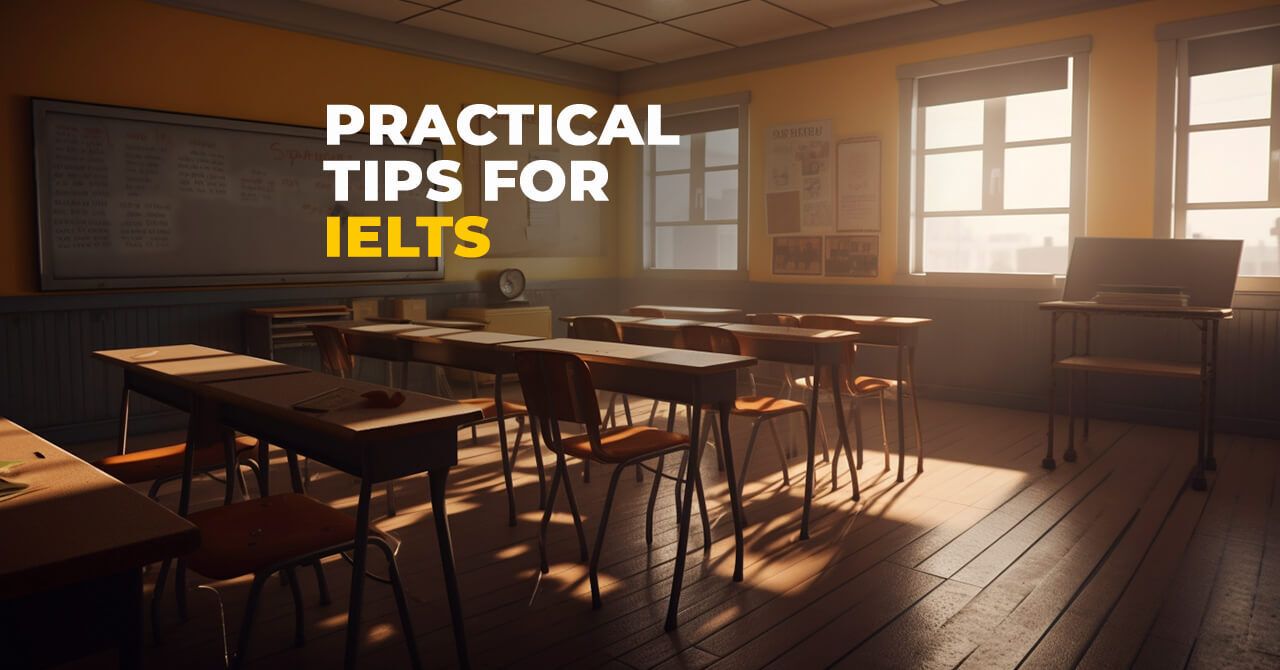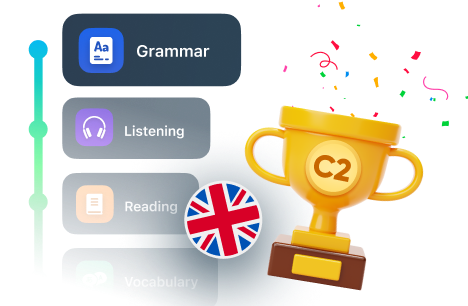
Practical tips for IELTS—Cohesive devices
Coherence and cohesion play an influential role in IELTS writing. When the sentences or paragraphs we produce are not appropriately connected, they might confuse the reader and lose their effect.
When preparing yourself for an exam like IELTS, the more you know about its format, expectations, and requirements, the more likely it will be to obtain the score you need. The purpose of this article is to bring some practical tips to the forefront that would considerably impact your performance on IELTS writing skills, tasks 1 and 2. In what follows, I will discuss IELTS expectations and the requirements of a band score of 7 and above for writing skills.
Looking at the general criteria of the IELTS band descriptor, it could be noticed that it comprises four main parts: 1) Task achievement; 2) Coherence and cohesion; 3) Lexical resources; and 4) Grammatical range and accuracy. The aim of this article is to give a closer look at the second part. Coherence and cohesion play an influential role in IELTS writing. When the sentences or paragraphs we produce are not appropriately connected, they might confuse the reader and lose their effect.
Criteria for the IELTS writing task
Considering the public version of the IELTS band descriptor, two criteria are emphasized for Writing task 1. The candidates are expected to:
- logically organize information and ideas and show clear progression throughout;
- use a range of cohesive devices appropriately, although there may be some under-/over-use.
For task 2, the same criteria are repeated, and one more is added, according to which the candidate is expected to:
- present a clear central topic within each paragraph.
Now that we have familiarized ourselves with the expectations, the next step would be learning and using these cohesive devices practically. It’s worth mentioning that cohesive devices are useful for the IELTS exam and various types of formal writing. These devices could also assist us in making our language production more meaningful.
Cohesive devices
To wrap up this article, some of the cohesive devices, their functions, and examples are provided:
Comparison: similar to; likewise; correspondingly.
Just water these plants twice a week, and likewise the ones in the bedroom.
Addition: moreover; also; additionally.
You can leave your pension in the fund and additionally contribute to a personal pension.
Cause: because of; owing to; hence.
The concert has been canceled owing to a lack of interest.
Clarification/reformulation: it indicates, to be more precise, to put it another way.
The results of the study indicate that discrimination has rooted in our communities, and serious efforts are needed to eliminate it.
Example: For example/instance, to exemplify; namely
This painting perfectly exemplifies the naturalistic style that was so popular then.
Sequencing: first, second; next; then; finally.
First, you need to know about IELTS and its format. Then, you have to learn how to prepare yourself for it and, finally, practice as much as your time allows.
Result: therefore, as a result, consequently.
There is inadequate childcare provision, and consequently, many women who wish to work are unable to do so.


















